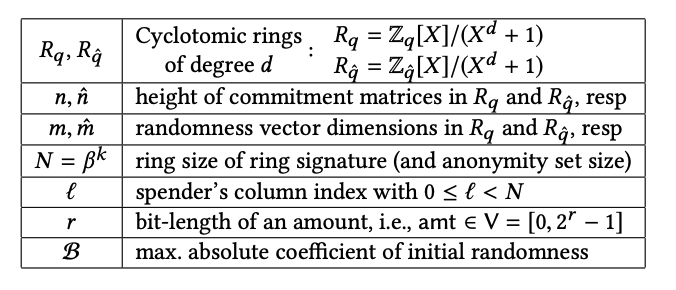A new form of blockchain protocol has been coined the most efficient in the world, with potential applications extending to digital health, online banking and government use.
Researchers from CSIRO’s Data61 and Monash Blockchain Technology Centre co-created the new protocol, which is both secure against quantum computers and protects the privacy of its users and their transactions.
The protocol, also known as a set of rules governing how a blockchain network operates, is called MatRiCT, and is patented by CSIRO and licensed to Australian cryptocurrency developer HCash.
The method is designed to address the inefficiencies in previous blockchain protocols, such as complex authentication procedures and vulnerabilities to cyber-attacks.
An increase in quantum computing technology has threatened the security of well-known cryptocurrencies such a Bitcoin and Ethereum, with quantum computers capable of performing complex calculations and processing substantial amounts of data to compromise the security of blockchains in significantly faster times than current computers.
"Quantum computing can compromise the signatures or keys used to authenticate transactions, as well as the integrity of blockchains themselves," explains lead Data61 researcher and Monash University research fellow Dr Muhammed Esgin.

"Once this occurs, the underlying cryptocurrency could be altered, leading to theft, double spend or forgery, and users' privacy may be jeopardised.”
"Existing cryptocurrencies tend to be either be quantum-safe or privacy-preserving, but for the first time, our new protocol achieves both in a practical and deployable way."
The protocol is based on hard lattice problems, a set of mathematical problems that are secure against even against powerful quantum computers.
This approach introduces three new key features: the shortest quantum-secure ring signature scheme to date, which authenticates activity and transactions using only the signature; a zero-knowledge proof method, which hides sensitive transaction information; and an auditability function, which could help prevent illegal cryptocurrency use.
“Our new protocol is significantly faster and more efficient, as the signatures and proof required when conducting transactions are the shortest to date,” says MatRiCT paper co-author and Monash University cryptography expert Dr Steinfeld.
“Because of this, MatRiCT requires less data communication, speeding up the transaction processing time and reducing the amount of energy required to complete transactions.”
Hcash will be incorporating the protocol into its own systems, transforming its existing cryptocurrency, HyperCash, into one that is both quantum safe and privacy protecting.
The research paper, MatRiCT: Efficient, Scalable and Post-Quantum Blockchain Confidential Transactions Protocol, was developed by Dr Muhammed Esgin and PhD student Raymond K. Zhao, alongside Monash academics Associate Professor Ron Steinfeld and Associate Professor Joseph Liu, and principal researcher Dr Dongxi Liu from Data61's Distributed Systems Security Group.
